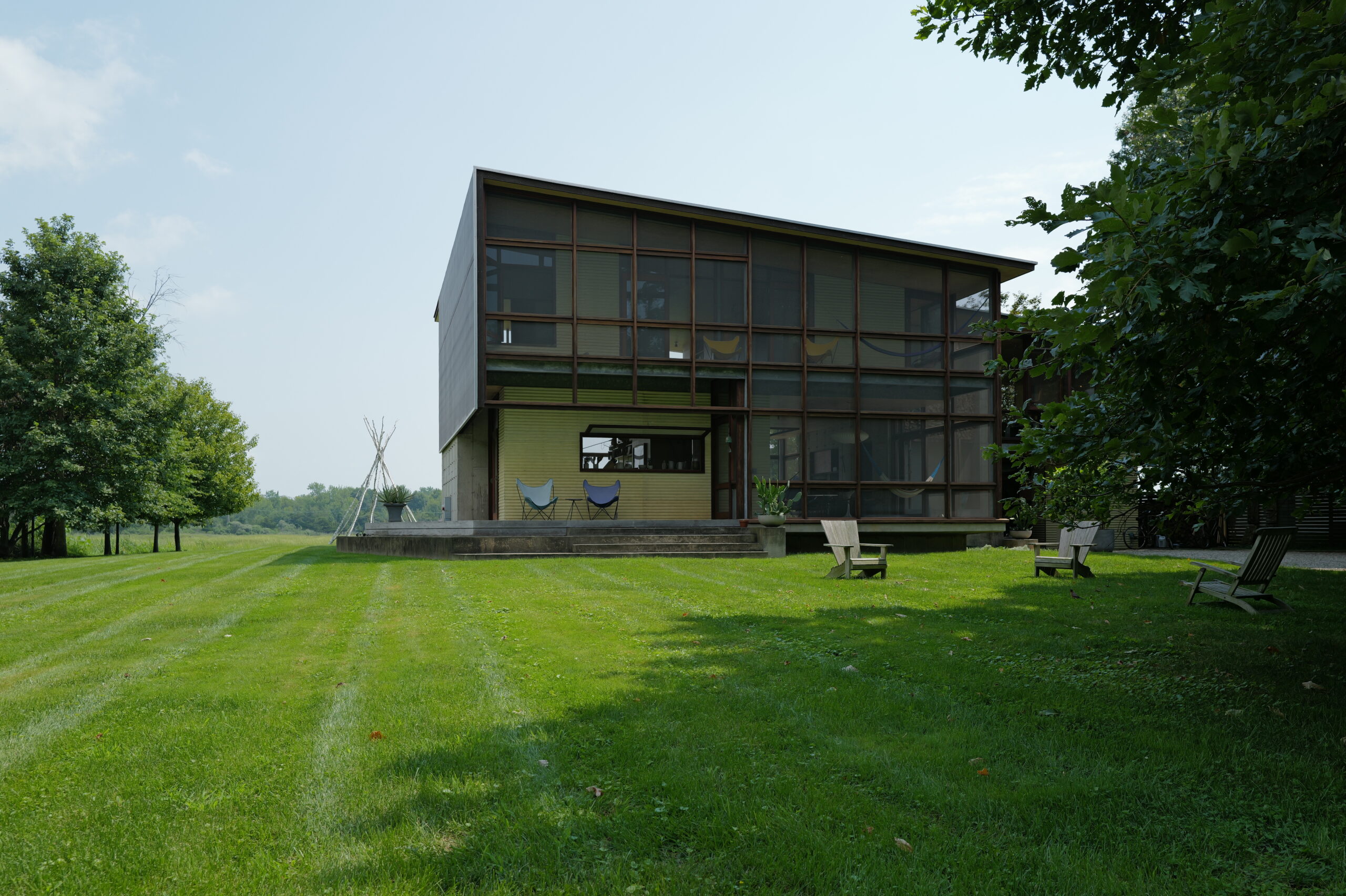Village Creek
This peninsula is an exclusive area of modern homes with stunning views. The salt marsh that surrounds it is home to birds and wildlife. The community has a private beach and tennis courts and marina to moor boats.
Village Creek has had a colorful and modernist history. For a long time, back in the days when Norwalk had elected Connecticut’s first socialist Mayor in Irving Freese, Village Creek was known as Commie Creek. It was established in 1949, and led Norwalk towards racial integration at a time when deed covenants restricting ownership by race and ethnicity were still a thing. The founders were WW2 vets fond of sailing, and 30 families pooled their money to buy what was then the uninhabited peninsula owned by Nash Engineering, whose headquarters was just across the salt marsh.
Things weren’t well received by the rest of Norwalk. Because they created a sellsheet announcing , “Those of us who started Village Creek had a special kind of a community in mind. We were looking for a good place in which to live and bring up our children, a community which would be in itself a model of democracy. We wanted a healthful place to live, waterfront, view . . . but above all else we wanted a community with a completely democratic character — no discrimination because of race, color, creed or politics.”
According to lore, no real estate broker would show a Village Creek house to a white family. Then during was the McCarthy years, tensions between Village Creek and Norwalk heightened, due to wild speculation about the types of houses that had been built. Today, Village Creek is recognized as a Connecticut and National Historic Place. It offers a collection of single story, flat roofed houses with expansive glass windows overlooking the beauty of the salt marshes. Village Creek started with these design requirements, and still enforces them. Edgar Tafel, an associate of Frank Lloyd Wright, Eliot Noyes and John M. Johansen, all members of the famous “Harvard Five” group of modernist architects.



